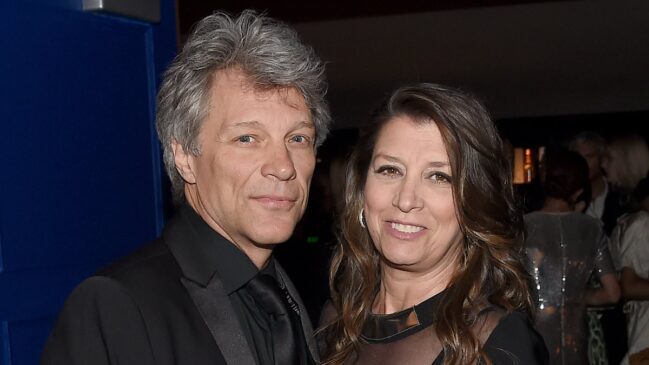Ramayana in Different Countries and Languages
Ramayana
Ramayana is one of the two great epic poems of India, the other being Mahabharata. It is an ancient Hindu scripture that tells the story of Lord Rama, a legendary prince and incarnation of Lord Vishnu, who battles the demon king Ravana to rescue his wife Sita.
The Ramayana is believed to have been composed by the sage Valmiki in Sanskrit in the 5th century BCE or earlier. It is a complex and rich narrative that contains many themes, including dharma (righteousness), love, duty, loyalty, and devotion.
The story of the Ramayana has been retold and reinterpreted countless times throughout the centuries, and it has become an important cultural touchstone in India and other parts of Southeast Asia. The characters of the Ramayana, such as Rama, Sita, Hanuman, and Ravana, are widely known and revered in Hinduism, and their stories continue to inspire devotion and moral teachings.
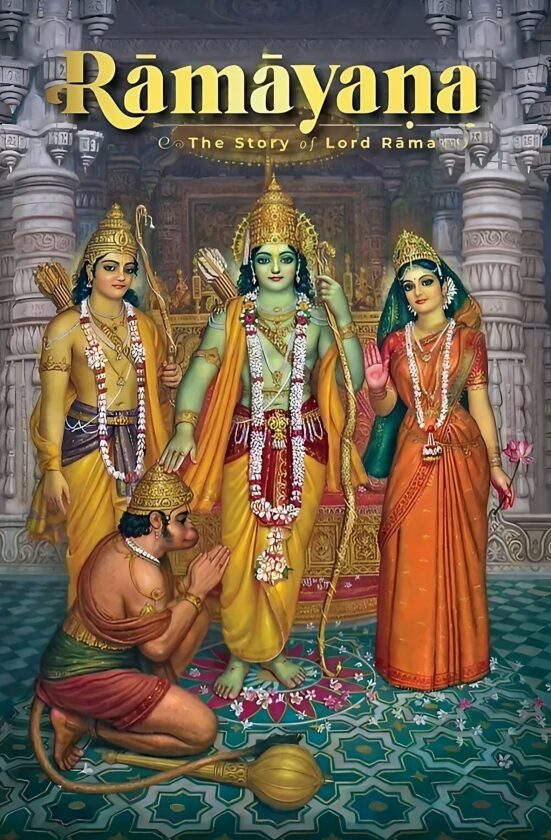
Ramayana in Different Countries and Languages
Ramayana – India
The Ramayana TV series is a popular adaptation of the epic story that was aired on Indian television in the late 1980s. The series was directed by Ramanand Sagar and consisted of 78 episodes. It starred Arun Govil as Lord Rama, Deepika Chikhalia as Sita, and Sunil Lahri as Lakshman.
The Ramayana TV series was a massive hit in India and is still remembered fondly by many who grew up watching it. It was broadcasted every Sunday morning, and people would make sure to be at home to watch it. The show was so popular that the streets would become deserted during the broadcast time.
The series was widely praised for its faithful adaptation of the epic story and its high production values. It also had a significant impact on Indian television, setting new standards for quality and professionalism in Indian TV production.
The Ramayana TV series has been re-aired many times on Indian television, and its popularity remains undiminished. It continues to be a beloved cultural touchstone in India and is often used as a reference point for discussions of Indian culture and values.
The Ramakien – Glory of Rama – Thailand
The Ramakien, also known as the “Glory of Rama”, is the Thai version of the Ramayana, the ancient Indian epic. Like the original Ramayana, the Ramakien tells the story of Lord Rama, the prince of Ayodhya who battles the demon king Ravana to rescue his wife Sita.
The Ramakien was adapted to suit Thai culture and beliefs and was written in the Thai language. It includes elements of Hindu, Buddhist, and animist traditions and features many unique characters and plot twists that are not present in the original Ramayana.

The Ramakien has had a significant influence on Thai culture and is an essential part of Thai literature, art, and folklore. It has been retold in many forms, including literature, theater, dance, and music. The most famous version is the mural paintings that adorn the walls of the Grand Palace in Bangkok, which depict the entire story of the Ramakien in intricate detail.
The Ramakien has also had a profound impact on Thai nationalism and identity. It is seen as a symbol of Thai greatness and cultural heritage, and many Thai people take pride in the fact that they have their own version of the Ramayana. The story of the Ramakien continues to be popular in Thailand, and it is regularly performed during festivals and celebrations throughout the country.
Yama Zatdaw – Myanmar
Yama Zatdaw is an epic poem that is considered unofficially as Myanmar’s national epic. It is the Burmese adaptation of the Ramayana and Dasaratha Jataka, and there are nine known versions of it in Myanmar. The story is called Yamayana, while zatdaw refers to the acted play or being part of jataka tales of Theravada Buddhism.
The origins of the Yama Zatdaw are uncertain, but it was introduced through oral tradition during the reign of King Anawratha. The story’s connection to Valmiki’s Sanskrit epic Ramayana is not clear, but there are stone sculptures depicting Ramachandra in the Visnu temple at Nathlaung Temple within the walls of the old city of Bagan. Hanuman has been known in Burma since at least 1527 AD.
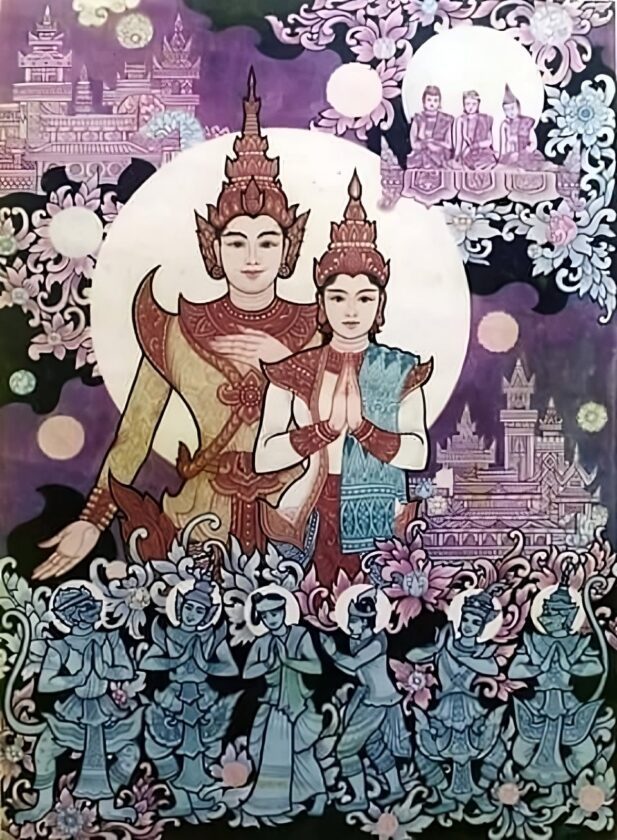
The Burmese version of the Ramayana was greatly influenced by Ayutthaya, and various Konbaung dynasty kings invaded the kingdom, bringing back spoils of war, including elements of Ramakien, the Thai version of the Ramayana. Rama sā-khyan, one of the well-known literature in Burma, was composed in 1775 by U Aung Phyo, and it begins with Bala kanda and ends at Yudha kanda, as in Valmiki’s Ramayana. Other important Burmese literature and classical music related to the Ramayana were developed during that era, including U Toe’s Yama yakan (Rama’s song) and Thida yakan (Sita’s song), both written in 1784, Yama pyazat (Ramayana ballet) in 1789, and Kalay Yama wuthtu (Young Rama’s life) in 1800.
The ethnic Mon adaptation of Ramayana is called “Loik Samoing Ram,” and it was written in 1834 AD by a Buddhist monk named Uttama. It is mainly derived from the Burmese version, as the author of the Mon version stated in his preface that it was due to the popularity of the Burmese version in the capital. However, the Mon version also exhibits connections with Thai, Javanese, and Malayan versions and has its own unique episodes not found in Thai, Burmese, or Malayan versions.
Hikayat Seri Rama – Malaysia
Hikayat Seri Rama is a Malay literary work that retells the story of the Ramayana in a Malay context. It is believed to have been written in the 14th century, although the exact author and date of composition are unknown. The Hikayat Seri Rama is one of the most important works in Malay literature and has had a significant impact on the cultural history of Southeast Asia.
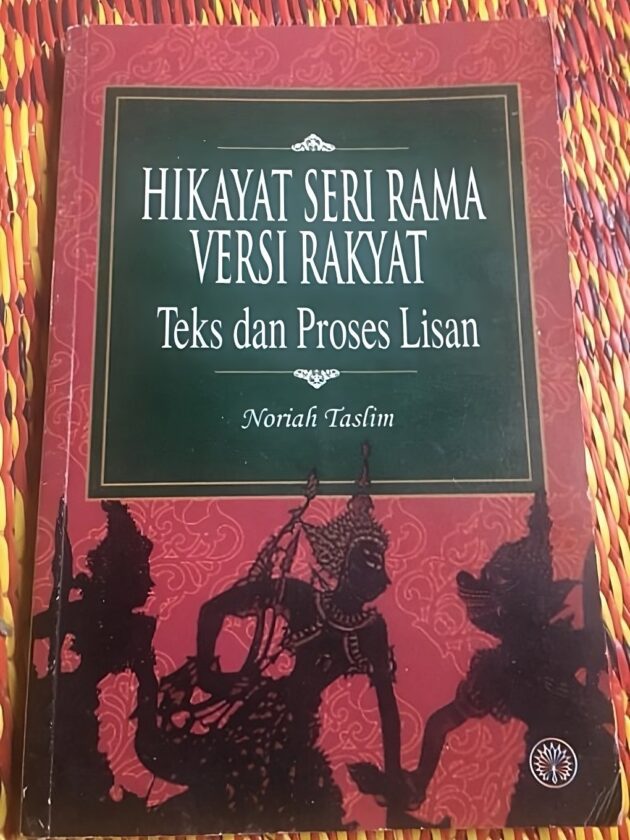
The story follows the adventures of Rama, a prince who is exiled from his kingdom and embarks on a journey to rescue his wife Sita from the demon king Ravana. Along the way, Rama is aided by his loyal brother Laksamana, the monkey general Hanuman, and a host of other characters.
The Hikayat Seri Rama incorporates elements of Islamic and indigenous Malay culture, including references to local customs and beliefs. It is also notable for its use of the pantun, a traditional form of Malay poetry.
The Hikayat Seri Rama has been adapted into various forms, including dance-dramas, puppet shows, and contemporary literature. It remains an important cultural touchstone in Malaysia and other parts of Southeast Asia, serving as a source of inspiration for artists, writers, and performers.
Maharadia Lawana – Philippines
Maharadia Lawana is a Javanese literary work that tells the story of King Lawana, a just and wise ruler who is challenged by his son-in-law, King Ravana, and ultimately triumphs over him. The story is a blend of Javanese and Indian influences, with elements of the Ramayana and local folklore.

Maharadia Lawana is believed to have been composed in the 13th century, during the Kediri Kingdom in East Java. It is notable for its use of the Kawi language, an ancient Javanese language that incorporates Sanskrit vocabulary.
The story is divided into two parts, with the first part focusing on King Lawana’s ascension to the throne and his efforts to maintain peace and justice in his kingdom. The second part centers on King Ravana’s challenge to King Lawana’s rule and their ensuing battle.
Maharadia Lawana has had a significant impact on Javanese culture and literature, serving as a source of inspiration for writers, poets, and artists. It has also been adapted into various forms, including wayang (shadow puppetry) performances, traditional dances, and modern literature.
Kakawin – Indonesia
Kakawin is a type of classical Javanese and Balinese poetry that originated in the 9th century. It is a type of epic poem that typically tells stories from Hindu mythology, including the Mahabharata and the Ramayana.
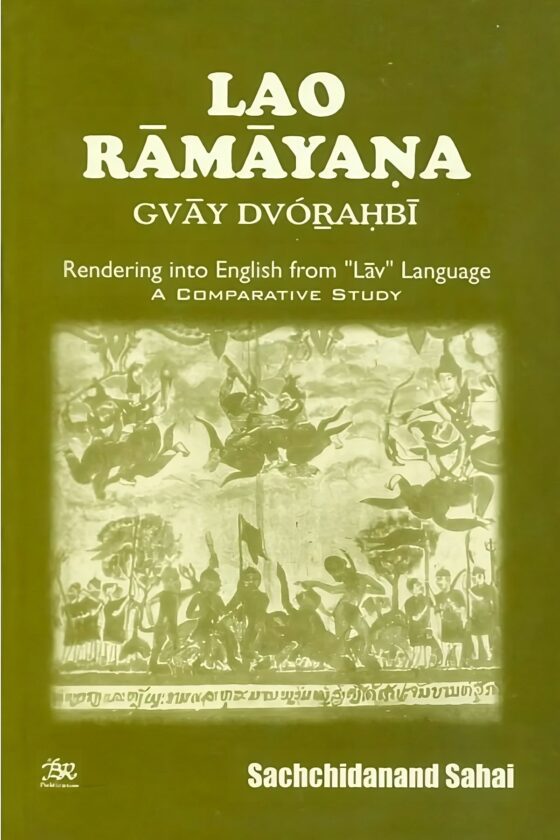
Kakawin is written in the Kawi language, an old Javanese language that is heavily influenced by Sanskrit. It is characterized by its use of complex meter and rhyme schemes, as well as its elaborate descriptions of landscapes, characters, and actions.
Kakawin plays an important role in the literary and cultural heritage of Indonesia. It was traditionally performed by storytellers and musicians in courtly settings, and was considered a high art form. Today, it is still studied and performed by scholars and artists, and has been translated into modern Indonesian and other languages.
The Reamker – Cambodian
The Reamker is a Cambodian epic poem that tells the story of the Ramayana, an ancient Indian epic. It is believed to have been composed in the 16th century during the reign of King Ang Chan, and is considered one of the most important works of Cambodian literature and culture.
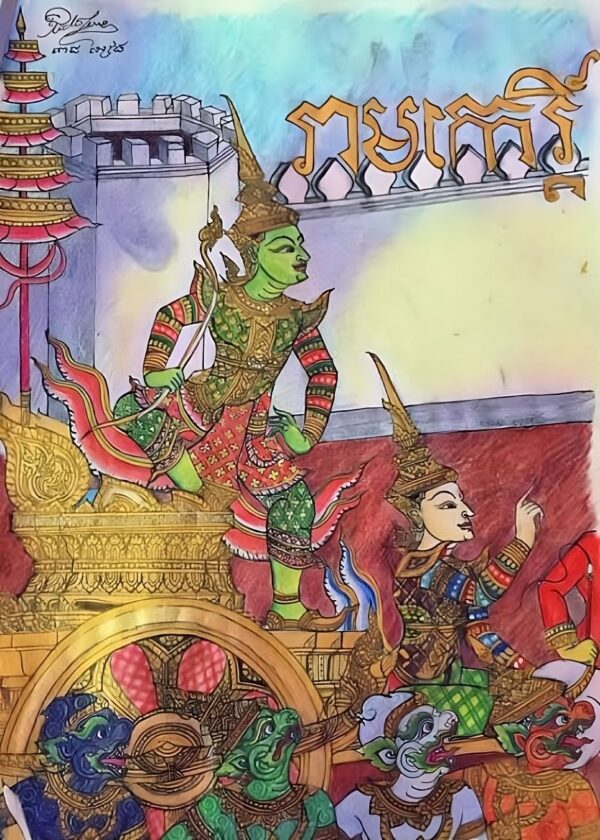
Like the original Ramayana, the Reamker tells the story of Prince Rama, who goes into exile with his wife Sita and brother Lakshmana. While in exile, Sita is kidnapped by the demon king Ravana, leading to a great battle between Rama and Ravana. Ultimately, Rama triumphs and rescues Sita, returning to his kingdom to rule as a just king.
The Reamker reflects the influence of Indian, Khmer, and Thai cultural traditions, and features unique Cambodian elements as well. It is written in Khmer script and language, with a distinct style of poetry and language known as Khmer Khol.
The Reamker has played an important role in Cambodian cultural and religious life, and is often performed as a traditional dance-drama known as the Lakhon Khol. It has also been adapted into various forms, including literature, theater, and film.
Lankavatara Ramayana – Srilanka
The Lankavatara Ramayana is a version of the Ramayana, the ancient Indian epic, which is believed to have been composed in the 17th century in the Sanskrit language. It is also sometimes referred to as the Lankavatara Mahatmya, which means “The Greatness of Lanka”.
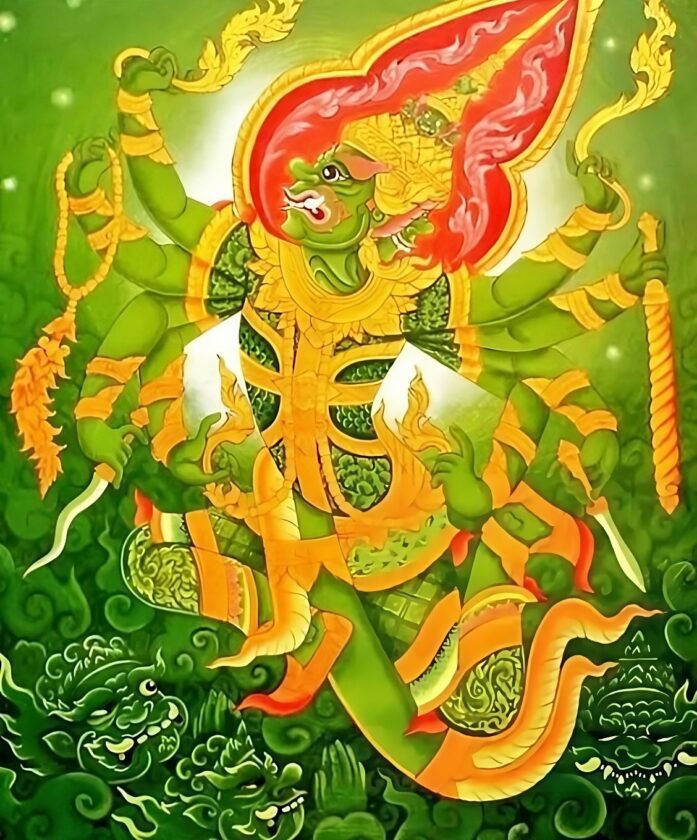
The Lankavatara Ramayana focuses primarily on the story of Ravana, the demon king of Lanka, and his relationship with Sita, the wife of Rama. In this version of the story, Ravana is portrayed as a tragic figure who falls in love with Sita and abducts her in a moment of passion. Sita, however, remains faithful to Rama and is ultimately rescued by him.
The Lankavatara Ramayana is notable for its emphasis on the character of Ravana, who is often portrayed more sympathetically than in other versions of the story. It also includes additional episodes and characters not found in other versions, such as a backstory for Ravana’s sister Surpanakha and a scene where Ravana consults with his advisors about his feelings for Sita.
While the Lankavatara Ramayana is not as well-known as other versions of the Ramayana, it has had an important influence on Indian and Southeast Asian literature and culture. It has been adapted into various forms, including plays, films, and television shows, and continues to be an important source of inspiration and storytelling in these regions.
Article Inspiration/Idea: Vertigo_Warrior
Also Check: Minimalism: A Comprehensive Guide to Simplify Your Life and Find Inner Peace
Follow us or bookmark us for more Latest Pictures Entertainment News Celeb Bio box office collection report celebrities trailers and promos
Join us on Facebook
Join us on Twitter

